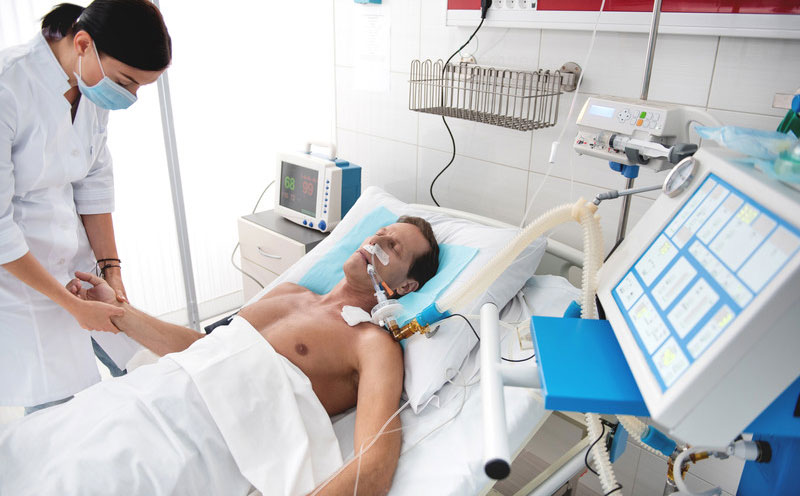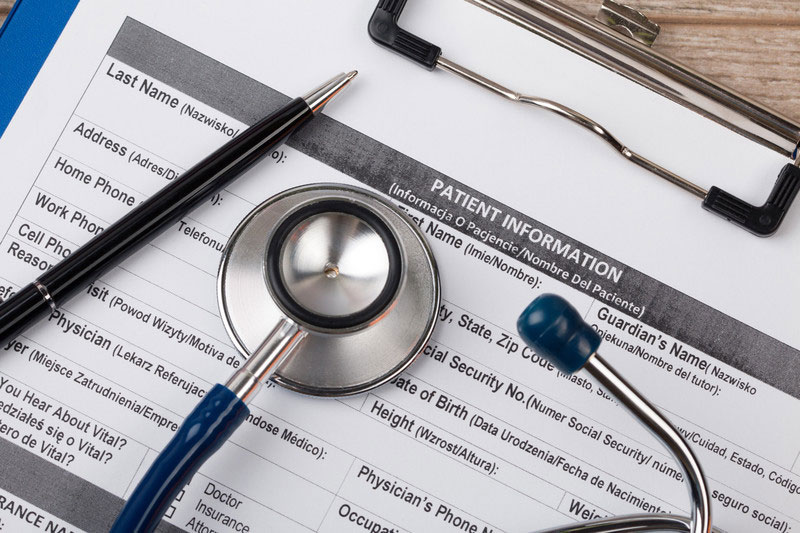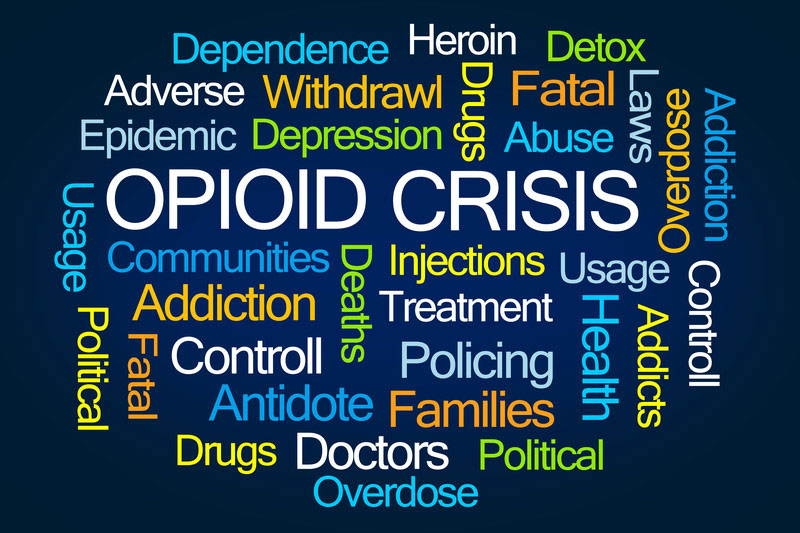Every hospital has an emergency room that provides health care services to patients without any prior appointment. It is one of the most important and busiest medical departments that provide immediate care to patients at the time of emergency. The notes taken by medical professionals in the emergency room are very critical in providing efficient patient care. These notes are later transcribed into accurate notes with the help of medical transcription services. Transcripts prepared either this way or using speech recognition technology have a significant role as regards patient care as well as physician reimbursement. A major concern the U.S. healthcare sector faces is the increasing costs associated with emergency rooms. Let us examine how this happens.

Free-standing Emergency Room and Emergency Room
Emergency rooms often face the problem of overcrowding and long wait times. This has led to the emergence of the Free-standing Emergency Room.
Free-standing Emergency Department (FSED), also known as Stand Alone Emergency Department, is a new addition to the healthcare system that is developing in both urban and rural areas. FSEDs are not attached to a hospital but have all the benefits of a hospital-based emergency room. Both FSED and emergency room treat all kinds of emergency conditions and operate 24*7. However, FSED and emergency room are different. Emergency rooms are situated only in specific areas of a city whereas FSEDs are situated in more accessible areas. FSEDs are not the same as Urgent Care Centers and due to greater acuity of care provided at an FSED, patient charges may be higher than at an Urgent Care Centre.
Free Standing Emergency Rooms have seen a major growth in states like Texas, Colorado and Arizona. Some of the major hospitals that operate FSED are in network with the major insurance companies. But FSEDs may be out of network with these same insurance companies. Patients sometimes assume that all of their facilities are in network and go for procedures and treatments that may not be covered. This creates higher healthcare costs and complexities that the average consumer does not understand. Proponents of FSED say that they provide care to patients who do not have access to emergency room services. However, it is important that healthcare costs are efficiently contained.
A Solution
It is important to educate patients about when to go to an emergency room and an urgent care centre i.e. if it is a life-threatening injury, then you must visit an emergency room whereas if it is a minor fever, cold or flu then you must visit an urgent care centre. Help them understand the price difference between these two facilities and educate them about free-standing emergency room too. All individuals should be aware of the nearby urgent care and emergency room facility.
In Colorado, a new law was passed last April to make the cost of free-standing emergency rooms clearer. This law has disclosure requirements to help patients understand which kind of facility they need and the network status of that facility. This law will bring transparency about free-standing emergency departments. But it is still important to keep the patients aware of when they should go to the emergency room and when they should not. Similarly, the cost involved in both facilities should also be clarified.
Whether an emergency room or free-standing emergency room, note-taking and transcribing are necessary requirements. This in turn makes medical transcription companies an important consideration for emergency departments.








